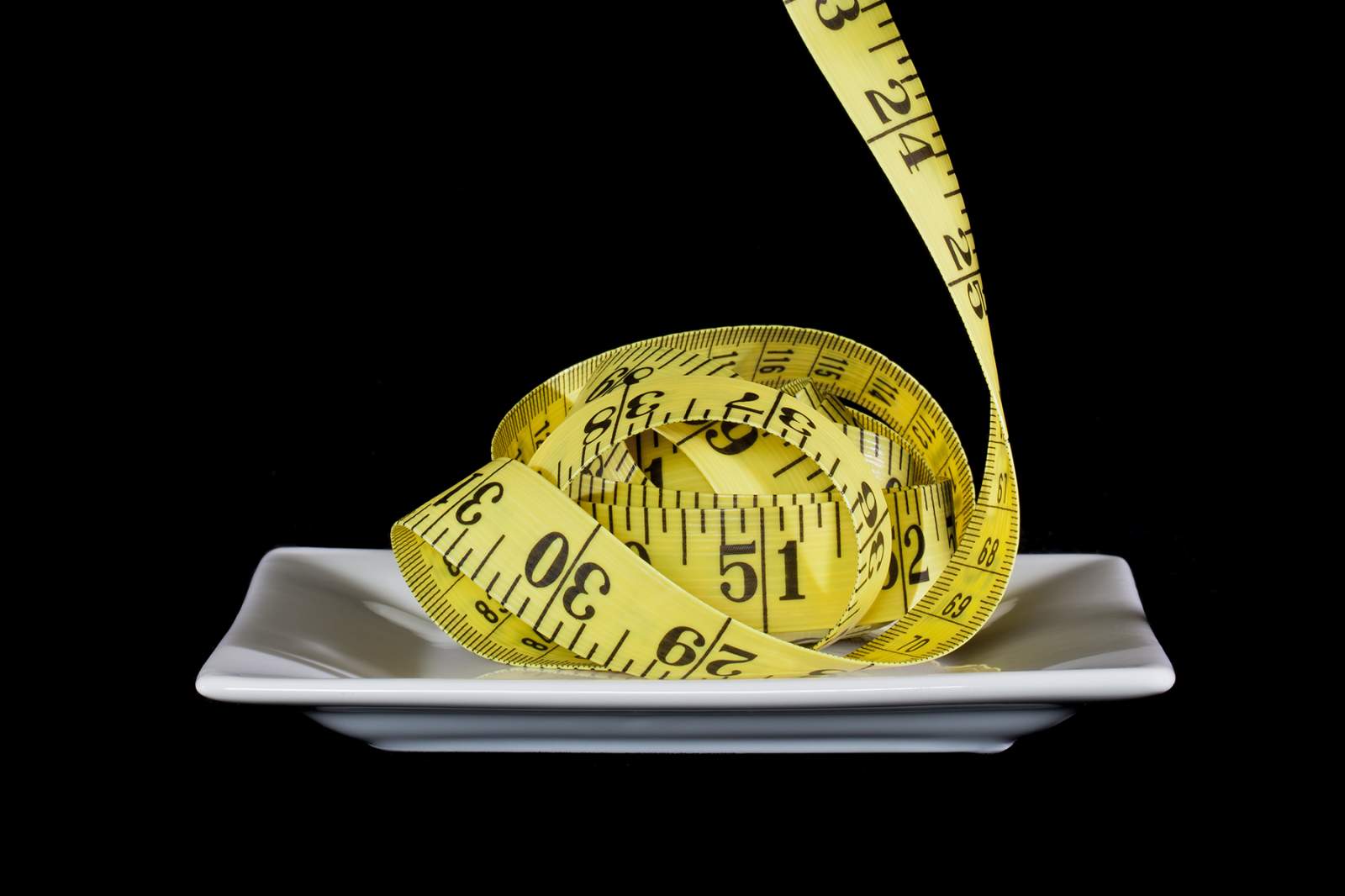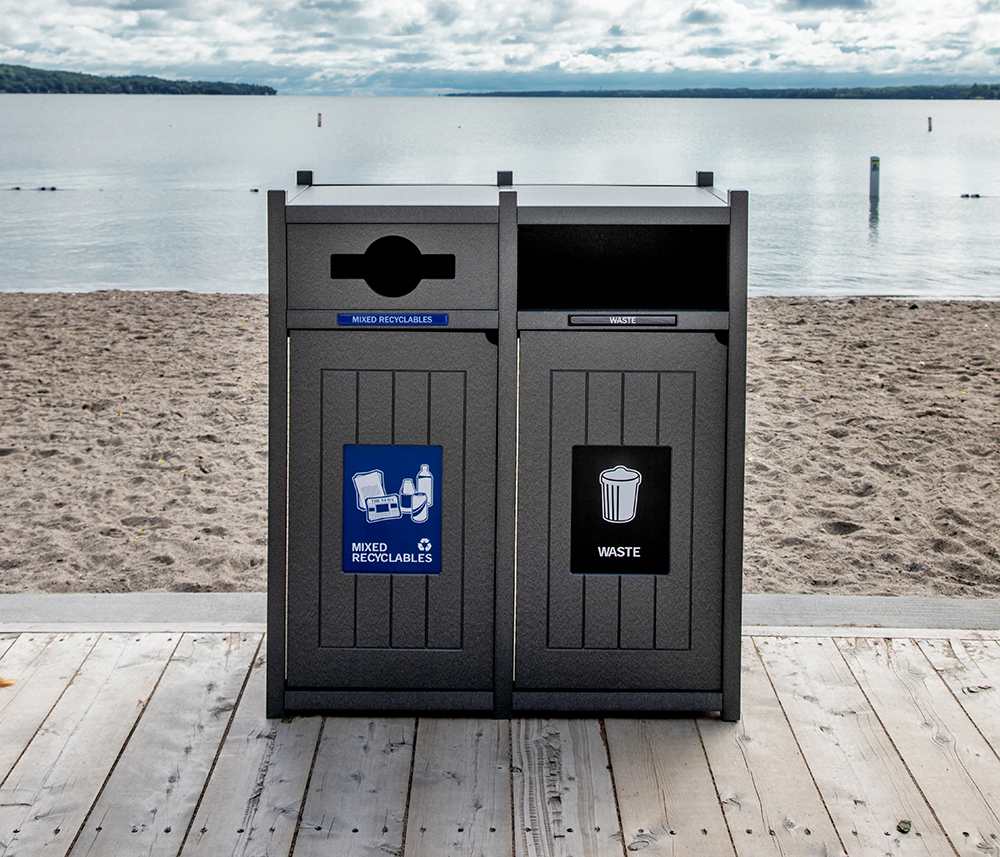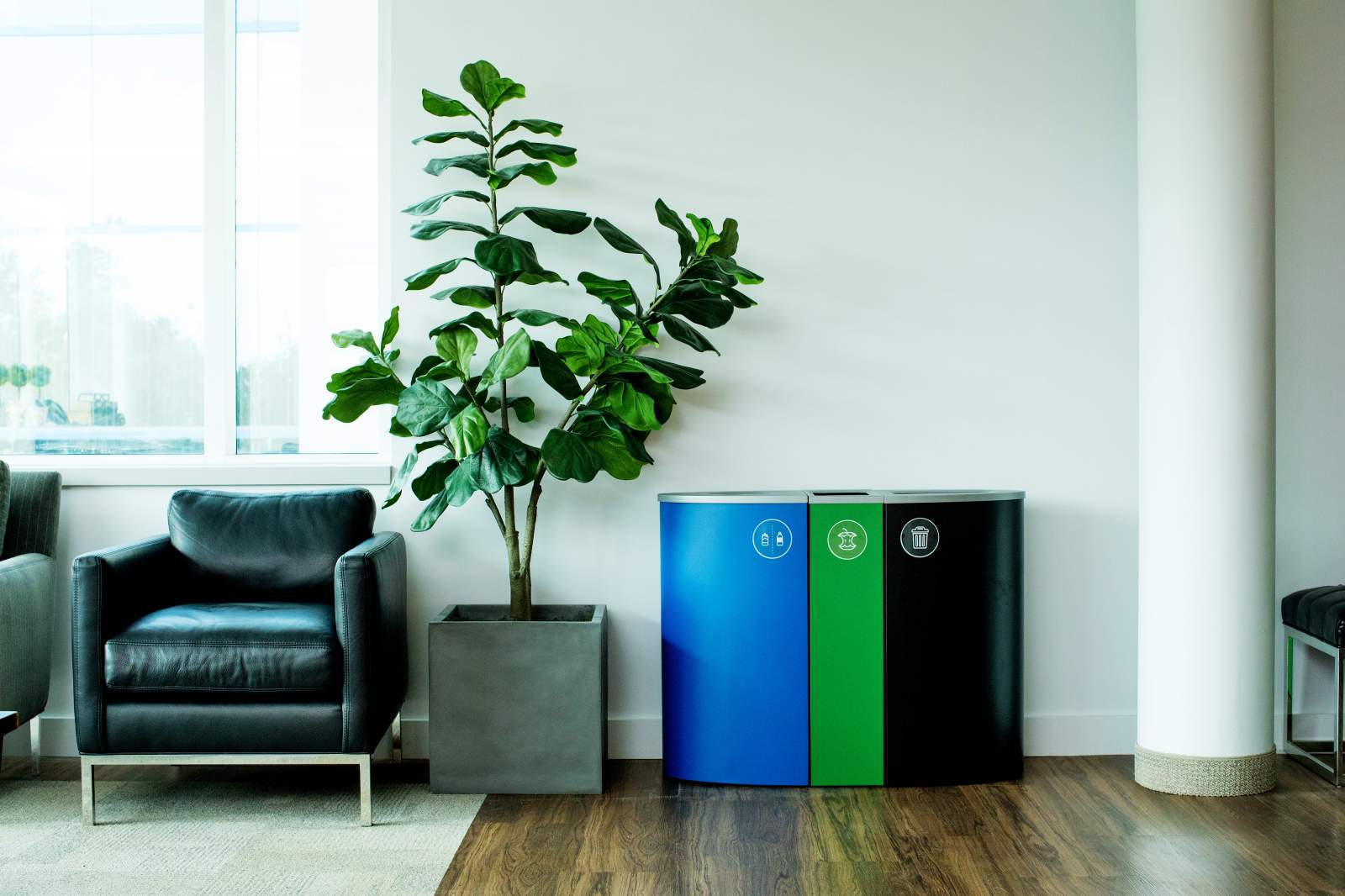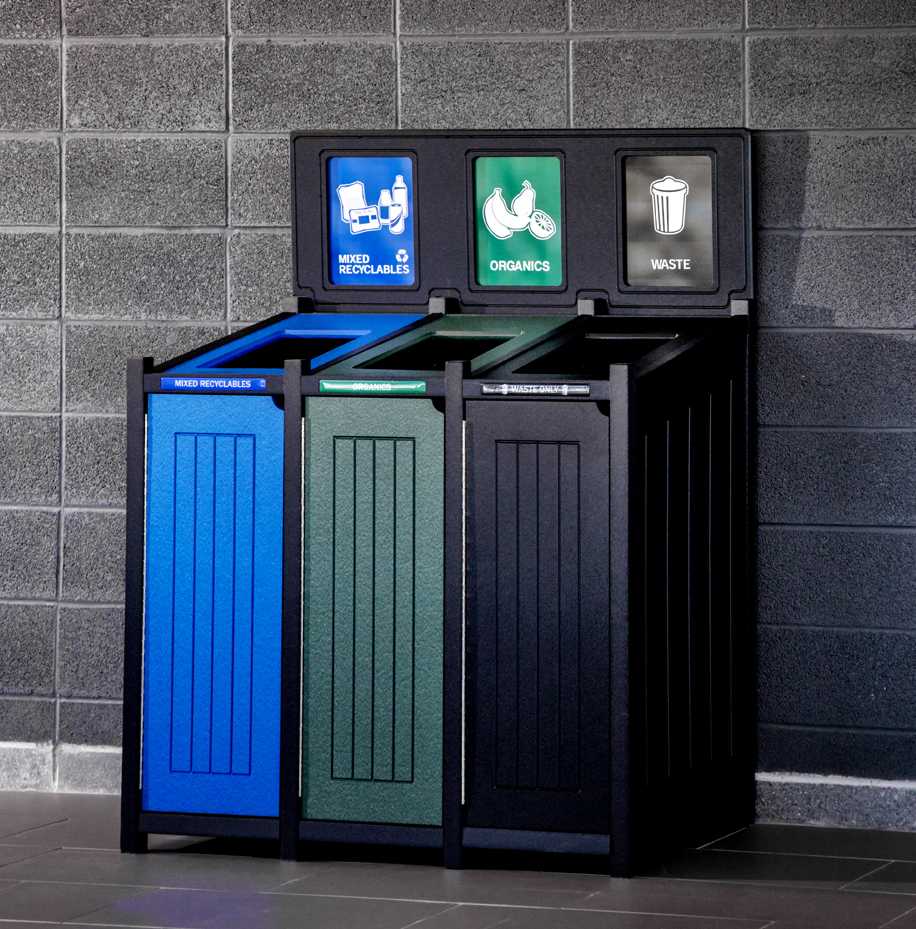When I was in college, I learned in psychology about a guy named Abraham Maslow who developed this pyramid in 1943 called the "Hierarchy of Needs." The pyramid starts with the basic psychological needs for survival which are air, water, food, shelter, and sleep. These are needs at the most primitive level. In the western world, we don't pay too much attention to these basic needs when it comes to survival. We instinctively breathe the air and we live in our homes which are our shelters. In our homes, we turn up the central heating to keep warm, turn on the tap for a drink of water, open the fridge for something to eat, and crawl into bed for a restful night's sleep.
We do live a very comfortable existence. To break away from those "societal norms", sometimes I enjoy doing some things that may sound "extreme" to the average Canadian. In the dead of winter during Christmas break, I will build a quinzhee (snow shelter) and sleep in it just for the fun of it. Or I will train and run long-distance trail races called ultramarathons; I always love the look on people's faces when I tell them I ran a 50-mile (80 kilometers) race at 59 years old.
Over the decades I tried to eat healthily but I never paid much attention to portion size. During my teens and early twenties, I packed away the food and never gained weight. But as the years roll ed by, my waistline increased from 30 inches in my early twenties to 36 inches in my early 50's. As we age, we tend to lose some muscle mass which slows down a person's metabolism, and we have less physical activity.
So, I took up running at 55 for my health. And suddenly, I started to pay more attention to Maslow's "Hierarchy of Needs." Those basic psychological needs at the bottom of the pyramid became more of survival to the finish line on these extremely long trail races. On those long runs out in nature's elements, I pay attention to dressing for the conditions because my clothes are a form of my shelter. I listen to my breathing. Am I breathing properly? I make it a point to stay hydrated because if I do not my blood thickens to compensate for dehydration and I lose performance, and possibly something much worse. Also connected to performance is proper sleep. Am I getting enough sleep before a race? And for the first time in my life, I have changed my thinking about food and look at it more like a fuel for the body, instead of eating for the sake of eating. In the past, I would give food labels a cursory glance, but now that I am into ultrarunning I try to read those food labels thoroughly.
My favorite subject in college was psychology, and when we talk about the psychology of food, there is a lot that goes into the food that we eat. The Independent Magazine mentions an incident back in 1967 where David Wallerstein, an area manager for the Balaban movie theater chain, was given the task of boosting sales of popcorn and soda. Realizing that consumers wouldn't buy multiple cartons of popcorn, Wallerstein decided to introduce a large size, alongside the standard, for which they could then charge more; considerably more than the cost of the extra popcorn. An immediate success, Wallerstein was soon headhunted by McDonald's, where he applied the concept to the burger chain.
The concept was that people were unlikely to buy a second helping so as not to appear gluttonous. However, if they were given the option of ordering a larger size, they would often take it. And they did, primarily when a large was cheaper than two regular sizes. It became a psychology principle that marketers loved. In 1972 McDonald's introduced large fries, profits soared and, naturally, other fast-food outlets soon followed. It is incredible how much portion sizes have increased over the years.
A graphic from Center for Disease Control (CDC) shows how much fast food portion sizes have skyrocketed since the 1950's. In the 1950's, a typical fast-food burger weighed just 3.9 ounces. Now it is 12 ounces or well over three times as much, for example, an average order of fries has grown from 2.4 ounces to 6.7 ounces! Today, people can purchase up to 42-ounce sodas containing up to 113 grams (or 28 teaspoons of sugar). This is almost six times more from the comparatively skimpy 7-ounce soft drinks people got at fast-food restaurants in the 1950’s. The smallest (kids sized) soda is listed nowadays at 12 ounces, and a small pop is listed at 16 ounces.
Food psychology is so powerful. Catchy advertising incentives, contests, and multi-buy promotions all encourage us to buy more than our bodies require, and for food that often contains a low nutritional value. Food nutrition labels have been around for decades, but how much do we really pay attention to them? Do we know what they mean? Do we know how many calories our bodies require? The resources are out there to take back control of what we eat. One of my favorite food tracking websites is called Self Nutrition Data. You can calculate your daily needs calculator based on your age, weight, gender, height, and lifestyle on this website. And you can enter any food, (even meals from fast food restaurants) and it will give you the full nutritional run down.
So, is there any connection between eating healthier and a healthier environment? In a roundabout way, there is. Livestrong mentions there is a connection between nutrition and a healthy lifestyle. If we fuel our bodies with the right amount of nutritional food, we might walk, or run, or bike instead of getting in the car to drive. We may take the stairs instead of the elevator. We may get our hands dirty and grow a garden.
When we are more aware of our bodies and want to take care of our health, we are more likely to want to take care of the world around us. We will want those basic psychological needs like air, water, and food in the purest form. So, we take care of our planet and our bodies. No psychology lessons needed.
Sources
- https://www.independent.co.uk/life-style/food-and-drink/features/supersized-why-our-portion-sizes-are-ballooning-7852014.html
- http://www.fractal.org/Quality-of-Life/QOL/Needs,%20Desires,%20Wealth.htm
- http://healthland.time.com/2011/10/24/study-why-people-dont-read-nutrition-labels/
- http://www.nydailynews.com/life-style/health/fast-food-burgers-tripled-size-1950s-cdc-graphic-article-1.1083573
- http://nutritiondata.self.com/
- https://www.huffingtonpost.com/dr-lisa-young/size-labels_b_3505189.html
- https://www.cdc.gov/healthyschools/obesity/facts.htm
- https://www.livestrong.com/article/371569-relationship-between-nutrition-a-healthy-lifestyle/
Did you find this Page helpful?



















